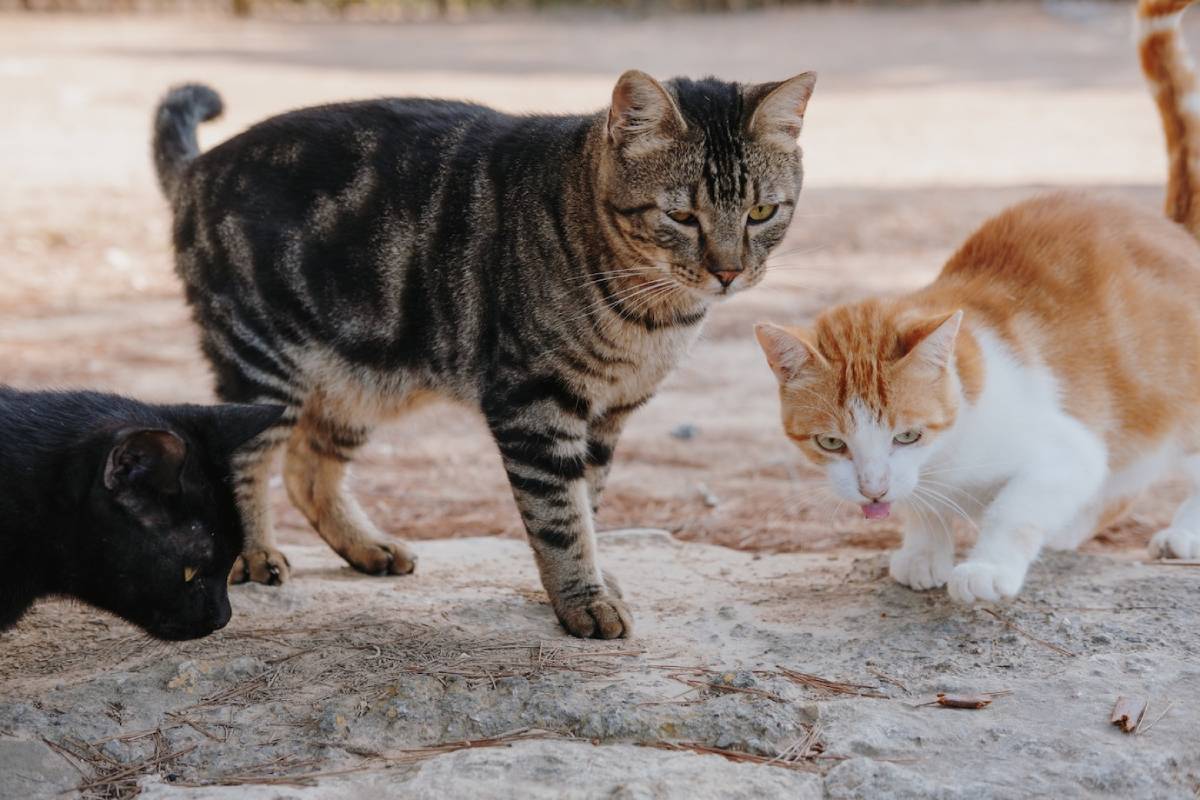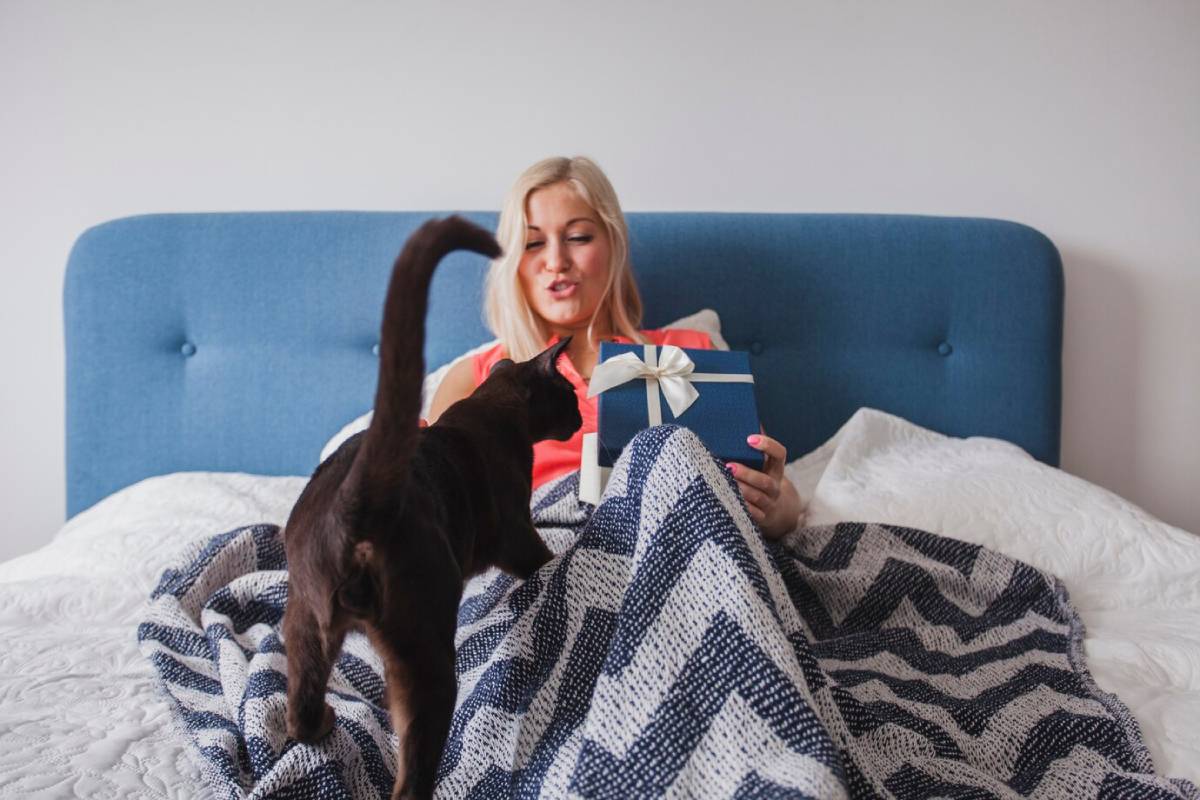
Why Cats Knead: Exploring Feline Behaviour
If you’ve ever watched your cat rhythmically push their paws in and out on a soft blanket—or even on your lap—you’ve witnessed one of the most curious and charming feline habits: kneading. Often nicknamed “making biscuits” for its dough-like motion, cat kneading behaviour is a common yet sometimes misunderstood feline quirk.
So, why do cats knead? Is it a sign of happiness, a leftover kitten instinct, or something deeper? In this article, we’ll explore the science, instinct, and emotion behind kneading and what it reveals about your cat’s needs and mood.
What Is Cat Kneading?
Kneading involves a cat pushing their front paws alternately into a soft surface, often accompanied by purring, a far-off gaze, or complete relaxation. Some cats extend their claws gently with each push, while others keep them retracted.
Kneading typically occurs:
- On soft blankets, pillows, or clothing
- On their human’s lap or chest
- Just before lying down to rest
- During affectionate moments like petting or cuddling
It’s a behaviour that starts early in life and often continues into adulthood.
Origin of Kneading: A Kitten’s Instinct
The most widely accepted explanation for why cats knead traces back to kittenhood. Newborn kittens knead their mother’s belly while nursing to stimulate milk flow. This instinctive motion is associated with nourishment, warmth, and security.
When adult cats knead, they may be revisiting that sense of comfort and contentment from their early days. It’s one of the ways cats carry kitten behaviours into adulthood—a phenomenon known as neoteny.
Signs of Comfort and Affection

One of the most common reasons cats knead is simply because they feel relaxed, safe, and happy. If your cat kneads on your lap while purring, it’s likely they see you as a trusted presence, similar to how they once saw their mother.
Kneading is a feline’s way of:
- Marking a person or place as safe
- Showing trust and affection
- Relaxing before a nap or cuddle session
In this sense, cat kneading behaviour is a compliment—it means your cat feels at home with you.
Stress Relief and Self-Soothing
Much like how humans fidget or hug pillows when stressed, some cats knead to self-soothe. If your cat is feeling anxious or overstimulated, kneading may help them release tension and restore calm.
Signs this is the case include:
- Kneading during thunderstorms, vet visits, or changes in routine
- Accompanying hiding or withdrawn behaviour
- Increased frequency during stressful periods
Offering a calming environment, safe hiding spots, and interactive play can help reduce stress-related kneading.
Territorial Marking: More Than Just Sweetness

While kneading is often a sign of affection, there’s a practical purpose too. Cats have scent glands in their paws, and kneading helps spread their personal scent onto the area they’re working on.
This serves as a form of territorial marking, letting other animals know: “This is mine.” It’s subtle but important in a cat’s world, especially in multi-cat households.
So when your cat kneads a blanket, bed, or your lap, they’re also laying claim to a beloved spot—often their favourite human.
Preparing for Rest
In the wild, felines knead grass, leaves, or bedding to create a comfortable place to sleep. This behaviour persists in domesticated cats, even though their “bedding” may be a sofa cushion or a duvet.
Before settling in for a snooze, a cat may knead to:
- Soften or shape the surface
- Release tension
- Establish a safe resting space
It’s part of their ritual and signals they’re winding down for rest.
Hormonal and Mating Behaviour
Unspayed female cats may knead more frequently when in heat. This action, combined with purring, stretching, or meowing, can be a part of mating-related behaviour.
If your cat’s kneading seems more intense or is accompanied by vocalisations or restlessness, and they’re not neutered or spayed, it could be hormonally driven.
Spaying or neutering your cat can reduce these behaviours while contributing to their overall health and well-being.
Why Do Some Cats Knead More Than Others?
Not all cats knead, and that’s completely normal. Some are more prone to kneading based on:
- Their early upbringing and bonding experience
- Breed tendencies (Ragdolls and Siamese are known to knead frequently)
- Personality—affectionate cats may knead more than aloof ones
If your cat doesn’t knead, it doesn’t mean they’re unhappy. They may express affection in other ways, such as head-butting, slow blinking, or following you around.
What If Kneading Becomes Problematic?
Although kneading is harmless in most cases, it can occasionally be uncomfortable—especially if your cat uses claws on your lap or clothing.
Ways to manage this include:

- Placing a thick blanket or cushion on your lap
- Gently move your cat to a softer surface
- Trimming their claws regularly
- Using positive reinforcement to redirect them
Avoid punishing or scolding—kneading is a natural behaviour that’s rooted in trust and affection.
Final Thoughts: Embracing a Feline Favourite
Cat kneading behaviour is one of the many ways cats show emotion, affection, and comfort. Kneading is a fascinating expression of your cat’s instincts and feelings, from its roots in kittenhood to its role in adult relaxation and bonding.
By understanding why cats knead, you can appreciate this gentle, often soothing behaviour as a sign of trust and contentment. To further support your cat’s emotional well-being, explore ways of creating a safe and stimulating environment for indoor cats. It’s yet another window into the complex and endearing world of feline habits, where even the simplest motion holds meaning.


